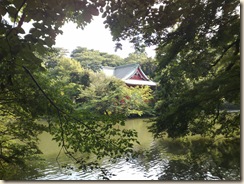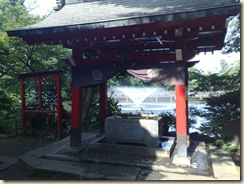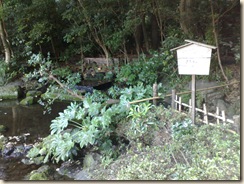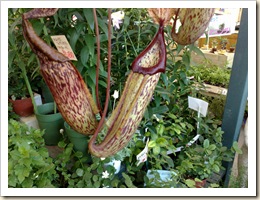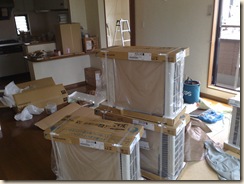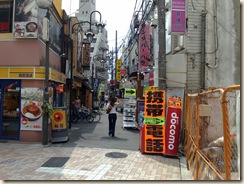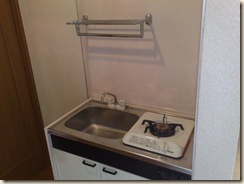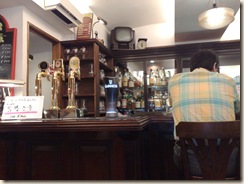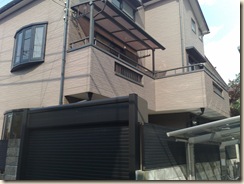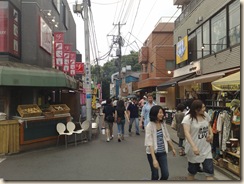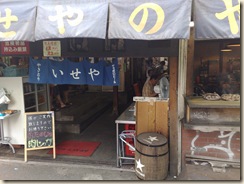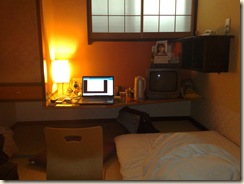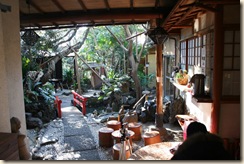Back to the UK
After a few weeks away, I’ve returned to the UK to finalise the arrangements for our permanent departure. One of my biggest concerns about the move to Japan has been whether I will feel at home there; whether I will be comfortable living away from the UK. After just 24 hours back in the UK, I feel sure I know the answer to that question. Japan wins – hands down.
It’s not until you return here with an outsider’s perspective that you realise what a mess this country has become.
Waiting for me in the post was a letter from the British Kendo Association informing me that I now risk five years in prison and an unlimited fine because I own a Japanese sword. I now have to carry around a certificate, a license and all my insurance details every time I leave the house with my sword to practice my martial art. I can no longer practice in the local sports hall; I can no longer practice anywhere apart from my registered dojo without risking prosecution and a criminal record.
For what reason? I am not a violent criminal and yet I am being punished. Meanwhile, murders, knife crime and violent assaults with weapons are at an all time high. But these new laws do nothing to penalise the criminal element in our society, only the law-abiding.
Japan has none of this legislative nonsense because it doesn’t need it. It’s the same with licensing laws. There’s no need for restrictive laws because people know how to behave and consequently life is both enjoyable and free. It isn’t difficult to choose which kind of society I want to live in.





